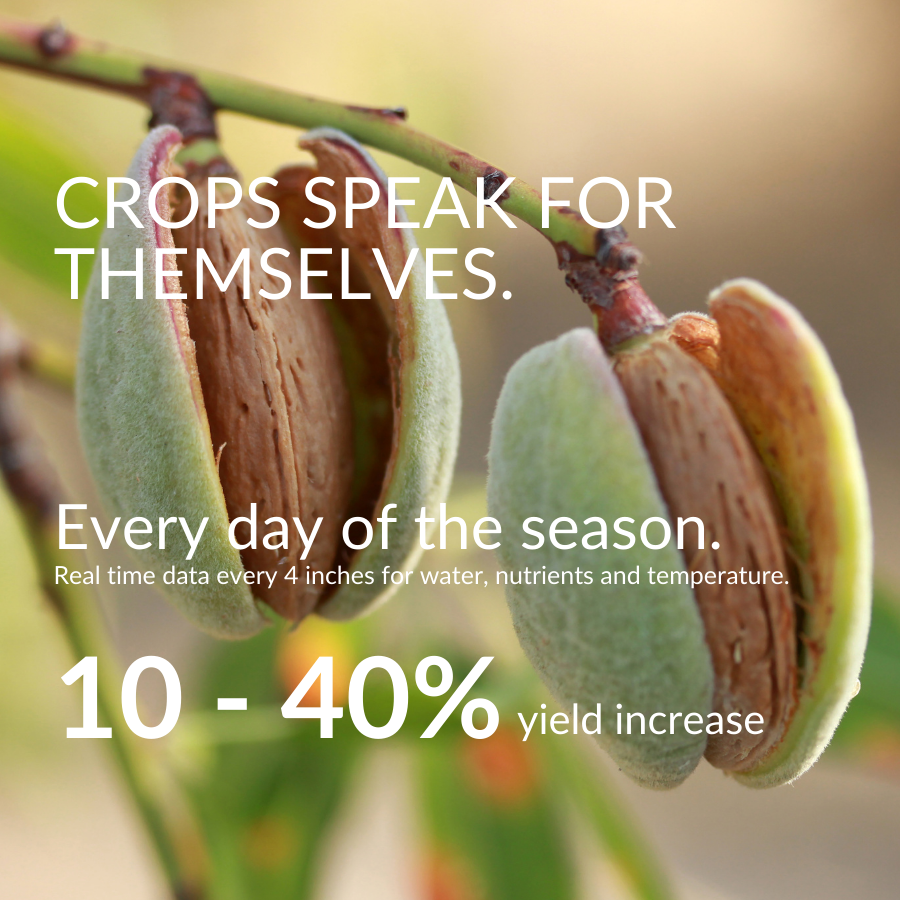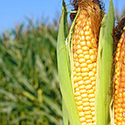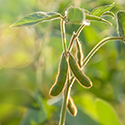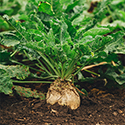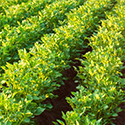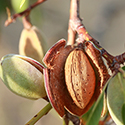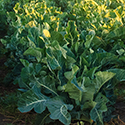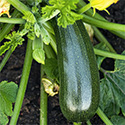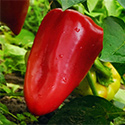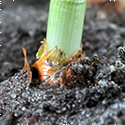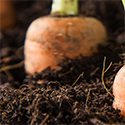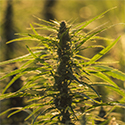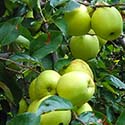Improving Almond Tree Yields
- California produces over 80% of the world almond crop
- 70% of California’s crop is exported to over 100 countries
- The 2020 crop from California is expected to be 2.5M tons. Crop size has increased every year for the last four years
- India is the biggest importer of almonds, 131K metric tons in 2018
Growing Almond Trees
- Almond trees start producing crop quantities after 5 years
- Almond trees can produce for 20+ years
- Trees produce drupes, a fruit with a fuzzy shell containing a hard shell that then contains the edible nut
- Trees are deciduous, flowering occurs in spring, fruit is harvested late summer/ fall, followed by leaf drop
- Early leaf drop can impact the quality of the almonds
- Effective root zone is typically 3 feet
- Almond tree irrigation has evolved from flooding to primarily drip irrigation
- The area between rows (called the middles) is often planted with cover crop, primarily to control evaporation
- Drupes must split open and dry on the tree before harvest
- Commercial harvesting calls for the middles to be cleared of cover crops and debris. Machines shake the almonds from the trees where they dry, then are swept to the middles and collected.
The Market for Almonds
Anticipating a rapidly expanding market with the growing popularity of almond milk and other derivative products, California growers planted millions of almond trees around 2015-2016. Those trees have now matured and are producing, resulting in record crops in a time when exports to China have been severely reduced. The glut on the supply has resulted in lower overall prices on the world and domestic markets. Latest 2018 numbers showed India to be the top almond importer, followed by Vietnam, then China, Hong Kong SAR.
In addition to almonds being converted into almond milk, they are also smoked, coated in chocolate, spiced in a variety of ways, and used in countless confections worldwide. The hulls can be used in livestock feed, the shells crushed for animal bedding and other uses.
Agricultural Challenges Growing Almond Trees
Starting a new almond orchard is capital intensive, as the trees will not produce for 5-6 years. As a result new trees are most often planted by experienced growers to extend orchards or replace older trees.
Because almonds are harvested by sweeping then scooping them off the ground, harvest generates a great deal of dust, estimated at about 11,200 tons in 2004, when state air pollution officials mandated that growers needed to do more to control dust/reduce air pollution.
Around 2000, growers irrigated by flooding, which led to considerable criticism as droughts reduced the state’s water supply. Almond growers have reduced water consumption by 30% over the past 20 years, mainly by converting to drip or micro-irrigation. These methods make it harder to push moisture down past the effective root zone, which is necessary to leech salts away from the roots. Higher salinity past a certain threshold results in progressively smaller harvests. Even so, the Almond Board of California’s 2025 Goals Roadmap, released in December 2019, called for another 20% reduction in water consumption. As growers have already converted to efficient irrigation systems, options are fewer. One possibility involves better control over soil moisture, as identified in the ABC’s Almond Irrigation Improvement Continuum Level 3.
Regulated Deficit Irrigation for Almond Trees
It is well-known that premium wine grapes can suppress total yield but improve flavor of the wine to where it brings a price in the bottle that easily makes up for the loss of yield. Studies have shown that RDI techniques can raise the levels of desirable sugars as well as other chemicals associated with “the almond taste” in almonds with a similar return. Carefully managed, less water appropriately applied can increase profits.
Contact AquaSpy
AquaSpy for Almond Trees
With a Crophesy monthly app subscription, you receive a free simple, three-sensor, wireless, soil moisture probe. Place these rugged, water-tight probes throughout your almond orchardand connect them to the app via your smartphone.
Then you can instantly monitor soil and crop health for all of your almond trees. And if you want to test the soil in other areas, you can quickly and easily move the moisture probe, which is battery-powered and provides season-long insight.
While you can look at the visual analysis of leaves, spending hours in your field, Crophesy enables you to open your app from anywhere and show you what kind of nourishment is available in your soil at your almond tree root depth. With this data, you can determine when the active root zone needs vital nutrients.
In addition to nutrient data, the Crophesy app can show you:
- Moisture consumption at the root level
- Salinity level in the active root zone
- Root depth
- Soil temperature near the sensors
- Irrigation depth
And it tells you all this without you having to step foot in your almond orchard.
